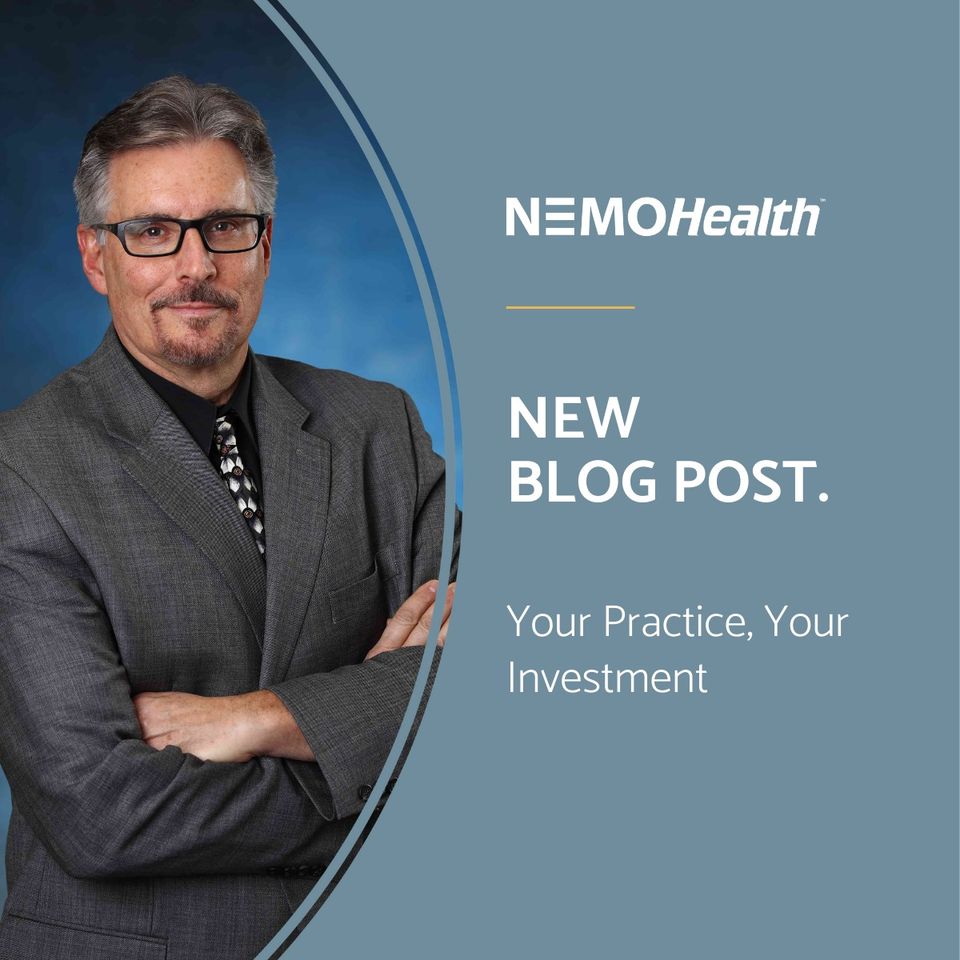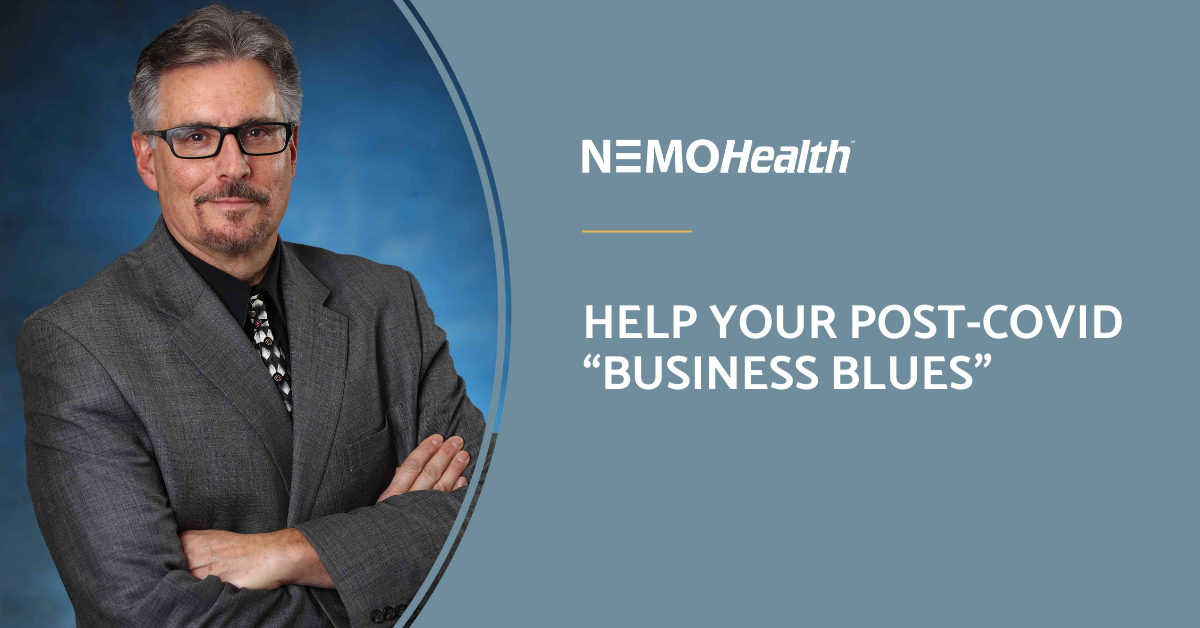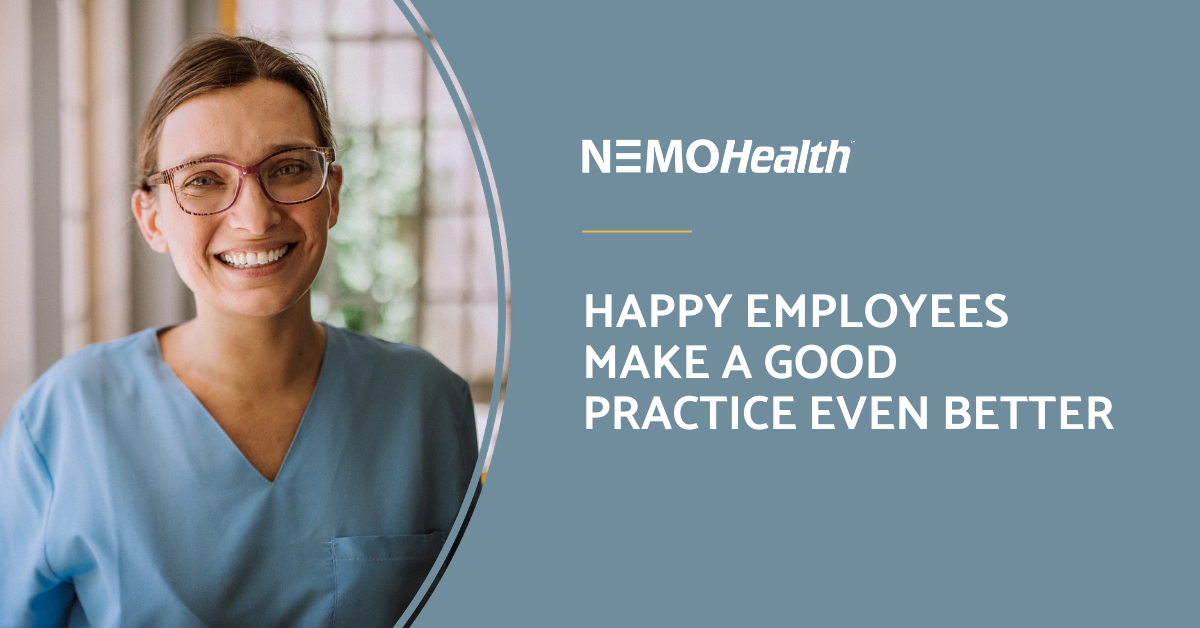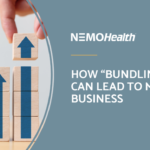
Your Practice, Your Investment
Have you ever wondered if investing in your practice could be worth it? I know that it’s hard to sometimes separate emotions from economics when considering parting with your hard-earned money. But my biggest fear, particularly during this post-COVID era, is that doctors will stop investing in their largest and most fruitful asset. If we consider a simple and hypothetical case study, it might help you to understand how impactful investing in your growth really is. Let’s look at the fictional practice of Acme Podiatry.
Like many podiatry practices, Acme Podiatry was hit hard by COVID 19. From February to May, their patient volume, charges, and collections plummeted by 33%. At this point, in the final quarter of the year, they have been fortunate enough to regain approximately 90% of their volume. How could the economics play out if Acme Podiatry decided to make an investment to improve their visit volume, charges, and collections?
The answer to that question is going to involve making some assumptions. The assumptions will revolve around current volume, Acme Podiatry’s functional and structural capacity, and a return on the investment.
My Dad taught me a philosophy many, many years ago. “Poor people spend and then invest what’s left over. Rich people invest, and then spend what’s left over.” If you can understand the difference between the two, then you might be ready to rid yourself of the emotions behind making an investment that could have a huge return in the economics of your practice.
Acme Podiatry has been fortunate enough to rebuild its practice to the point of an average of 32 patient visits per day. But their functional and structural capacity resides at 40 patients per day. You might think that marginal difference is small and not worth an investment… but let’s take a closer look.
Let’s assume that the providers of Acme Podiatry have a per visit revenue (PVR) of $100. This means that each day that they miss their functional capacity by 8 patients, their revenue losses amount to $800. That’s $4,000 of revenue losses per week or $200,000 annually.
Now let’s assume that variable costs amount to 23% of revenues. Fixed costs are already accounted for so they should not be considered in this decision. That reduces their annual capacity losses to $154,000 ($200,000 – 23%).
Ok… now it’s time to talk about the “hard pill to swallow”. Let’s assume that if Acme podiatry would invest $50,000 into a marketing plan, they can completely eliminate their functional capacity loss. You might be thinking “$50,000!?? Just to see an extra 8 patients per day? That can’t be worth it!” But here’s why you would be wrong…
If we focus on the principle of return on investment, and we consider a “good” typical return on investment to be 10%, it might help you to understand the difference between an emotional reaction and an economic reaction.
Return on Investment is computed by the following formula:
ROI= (Net Profit/ Cost of the investment) X100
($154,000/ $50,000) X 100 = 308%!!
While this scenario might be completely hypothetical and fictional, it does help to illustrate the single most impactful deficiency that I see in many practices… perpetually working the practice, yet not investing in it.
I know that you have likely been hit hard by COVID. But do what you can to invest in your practice’s recovery. Let science guide COVID. But let economic principles guide your decision-making strategies for your practice.
Contact NEMO Health today and let us help you find potential ways to invest in your practice.








